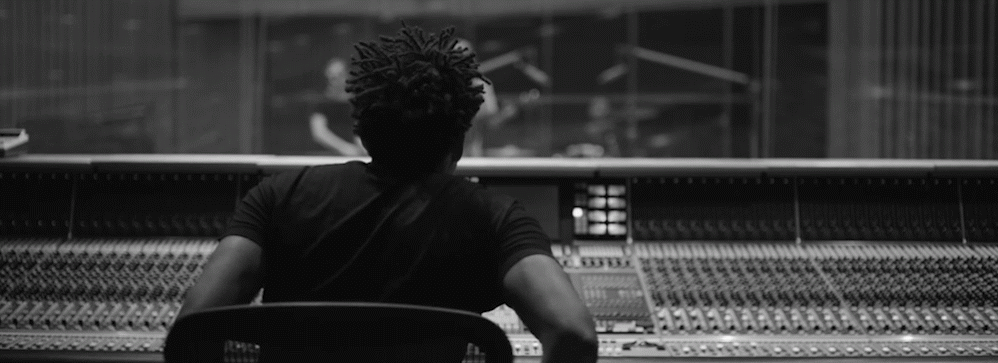
In December of 2013, a new law called the Commercial Advertisement Loudness Mitigation (CALM) Act when into full effect. The rule requires TV stations, cable operators, satellite television providers to control the audio loudness of all programs and commercials that are broadcast. The law is in response to years of complaints about commercials being much louder than program because they had been more heavily compressed.
The law has some serious teeth in it for violations, including heavy fines and loss of a violator’s broadcast license for continued offenses. Because of that, all networks and broadcasters are now especially concerned about the level of any program or commercial supplied, and have a zero tolerance policy for volume that strays outside of the spec (officially called the Advanced Television Systems Committee A/85RP).
As anyone who’s mixed or mastered knows, the relative volumes of two different songs can be very different even though their levels can look the same on a variety of meters, thanks to the amount of compression added. That’s why a new metering system had to be developed to measure the loudness of a program as our ears hear it.
Meet The LKFS Scale
The new measurement is called LKFS, which stands for Loudness, K-weighed, relative to Full Scale, which distinguishes itself from the normal dBFS peak meters found on all digital gear in that measure the loudness not instant by instant, but over a period of time. In Europe, the measurement is called LUFS, which stands for Loudness Units relative to Full Scale. At one point there was a difference between the two, but today they are identical, so most loudness meters indicate both. LUFS is easier to say, so that seems to take precedent when engineer’s talk loudness.
The new federally mandated loudness specification is -24LKFS +/- 2dB, which means that the loudness of your program better be between -26LKFS to -22LKFS or the program is getting kicked back to be redone.
It’s even trickier than that though, since the measurement must be made around an “anchor element,” which for television means dialog. That means that the dialog must always be around the -24LFS level, while music and effects can momentarily peak above, maybe as high as -16LKFS for brief periods.
While the spec calls for -24LKFS at +/- 2dB, many broadcast networks have even tighter specs, holding their clients to +/- 1dB. That means that there’s little room for error when mixing a program intended for television with dialog.
There’s really no way to estimate LKFS from a VU, peak or PPM meter, so it requires a specialized metering tool made just for this application. The Dolby Media Meter 2, TC Electronic LM2 or LM6, or the Waves WLM meter are the most widely used products on the market at the moment.
Keep in mind that television networks are very strict with their specs, and a violation will result in the project being kicked back to you to do it again. So on those times that you’re asked for television delivery, paying close attention to all the details will ultimately result in a lot less hassle.

